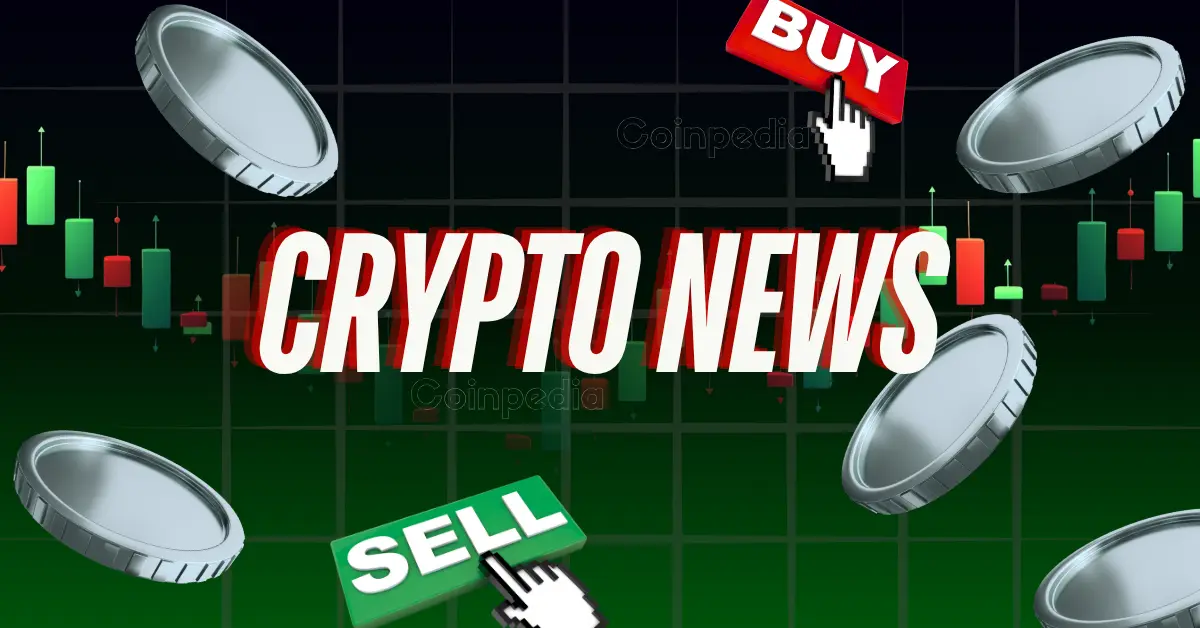
The California Gold Rush in the late 1840s saw thousands of people rush to America’s westernmost state in the hope of striking it rich, but the vast majority of those fortune-seekers failed to find anything of note. While a few lucky individuals did manage to become more prosperous, many of them did it without locating copious amounts of gold.
Instead, those individuals were able to make a significant profit by recognizing there was money to be made from providing those gold-seekers with the essential tools and supplies needed to realize their dreams – and they went and sold them pickaxes, shovels and pans for prospecting. Many of these suppliers were extremely successful, even if the majority of their customers were not.
The frenzy of excitement generated by the Gold Rush is now being repeated with the rise of Web3, which is seen as a land of opportunity for digital entrepreneurs. People are hoping to strike it rich by investing in the next big cryptocurrency startup, and innovative project founders abound. But just like with the California Gold Rush, it’s a certainty that not all of those who are chasing the Web3 dream will succeed. While a lucky few can look forward to becoming crypto millionaires, the majority will end up with little to show for their endeavours.
Moreover, just like the Gold Rush, there lies an opportunity for those who can assist these Web3 startups and entrepreneurs, similar to how the suppliers provided gold-seekers with the tools they needed. In the context of Web3, these “supplies” include crypto wallets, exchange platforms and on-ramps, and the infrastructure and services required by developers to build up the Web3 ecosystem. Of those services, one of the most promising areas looks to be marketing.
Web3 Marketing Is Different
Marketing in the Web3 age is a very different business from the online ad industry that dominates today.
Just as Bitcoin eliminated the intermediaries such as banks by enabling peer-to-peer digital transactions, Web3 comes with the promise of bypassing middlemen such as Google, Facebook and Amazon, enabling brands to build more direct relationships with their consumers and share the spoils of the rich advertising revenues.
Web3 marketing occurs in a decentralized world, and this decentralization provides not just privacy benefits for users, but gives those users better control over the kinds of ads they want to see. It may also enable better ad targeting, and brands can also take advantage of revenue sharing models to win the favor of consumers. It’s a far cry from the world we known in Web2, where the likes of Google grab all of the profits for themselves.
Giving Back With A New Advertising Model
We can illustrate this opportunity with a few examples. Take the popular web browser Brave, which has developed an entirely new online advertising model that promises to provide 70% of earned revenues back to internet users who are willing to view its less intrusive ads.
Brave comes with a built-in ad blocker that prohibits traditional ads from showing up on web pages, and instead invites brands to pay it directly to advertise to its users, who will only actually see those ads if they decide to opt in.
In return for viewing ads on Brave, netizens are rewarded with Basic Attention Tokens or BAT, which is a cryptocurrency that advertisers can also use to buy advertising slots on the browser. Users can withdraw their earned BAT into a wallet and sell them via a cryptocurrency exchange, meaning they’re essentially getting paid. Admittedly, the earnings are not going to make anyone rich, being generally limited to a couple of dollars a month if you spend all day on your PC, but that’s not really the point. Rather, what Brave wants users to do is take their rewards and “tip” their favorite publishers and content creators. The basic idea is that users give back to the websites they love and use every day.
Brave’s ads are designed to respect user’s privacy, and to do this its ad-matching algorithm runs locally on the user’s device. That’s where their browsing history and data remains, so no one can obtain it to build up a “profile” of that individual and sell it to third-parties, which is the basic operating model used in Web2.
Taking this up a notch is AdEx Network, the creator of a decentralized and programmatic advertising platform that aims to connect Web3 brands with a massive audience of crypto enthusiasts. AdEx launched in 2017, originally serving both publishers and advertisers, but in recent months it has shifted to focus more on the advertisers, sourcing traffic for them via a real-time bidding process.
AdEx’s programmatic advertising system is designed to enhance ad performance by leveraging best practices established in Web2 advertising. The secret sauce behind this is its Zero-Knowledge ad targeting engine, which eliminates the need to collect and store user’s data in a centralized server. Instead, all of the advertising data, such as the user’s browsing histories, is stored on the user’s device, and the entire ad-targeting process is computed right there. This kind of in-situ processing ensures users remain anonymous and that no one can own their data. Instead, users get full over what information they want to share and with whom.
Users can therefore specify the kinds of ads they want to see online, in an approach that’s known as “opt-in ads”. In return for agreeing to share their data and see certain types of ads, they’ll earn rewards in ADX tokens.
The Opportunity Is Real
Both Brave and AdEx are pioneering a more advantageous model that takes back the riches from the middlemen, benefiting brands and netizens alike. For brands, they get access to more targeted audiences that are hoping to engage with them, and they don’t have to worry about upsetting their customers with privacy concerns. For consumers, they get to see more relevant ads and are rewarded with a small income stream for doing so.
Trust with CoinPedia:
CoinPedia has been delivering accurate and timely cryptocurrency and blockchain updates since 2017. All content is created by our expert panel of analysts and journalists, following strict Editorial Guidelines based on E-E-A-T (Experience, Expertise, Authoritativeness, Trustworthiness). Every article is fact-checked against reputable sources to ensure accuracy, transparency, and reliability. Our review policy guarantees unbiased evaluations when recommending exchanges, platforms, or tools. We strive to provide timely updates about everything crypto & blockchain, right from startups to industry majors.
Investment Disclaimer:
All opinions and insights shared represent the author's own views on current market conditions. Please do your own research before making investment decisions. Neither the writer nor the publication assumes responsibility for your financial choices.
Sponsored and Advertisements:
Sponsored content and affiliate links may appear on our site. Advertisements are marked clearly, and our editorial content remains entirely independent from our ad partners.








